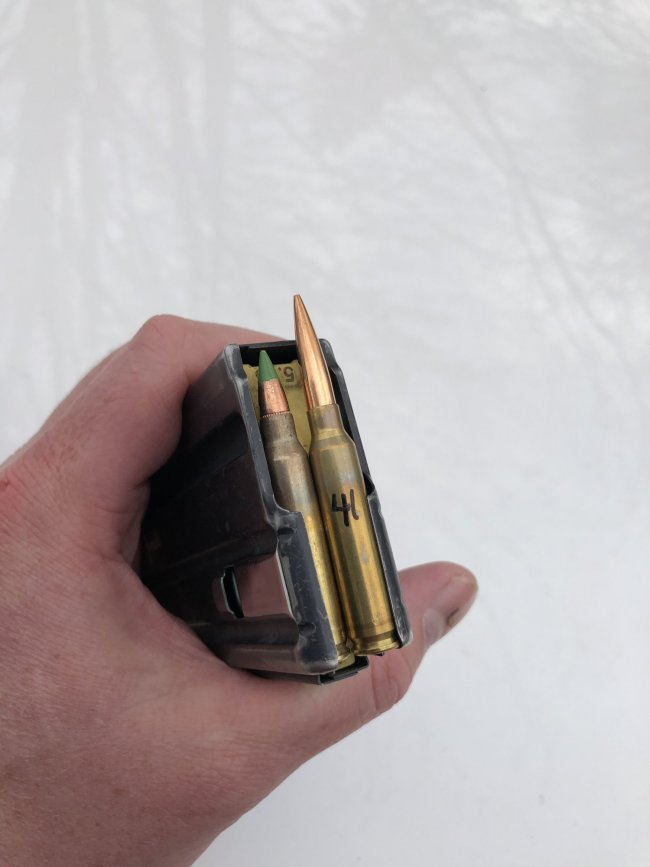I'm going with this. Only to add, the goal is to make the barrel, barrel extension, and the bolt and carrier group repeatable to the receiver sights. Sorry if I missed this point anywhere among this very informative thread.Good post, except you're not really current on high-accuracy AR work. The following will focus on that, as I don't presume to know much about heavy full-auto usage.
Several of the best accuracy builders in AR history either glue their uppers, and/or use larger extensions, to reduce barrel joint movement, then still torque to spec.
There's been quite a pile of development work done with the AR since 1984. The basic design remains unchanged, but because of some very open-minded people whose names are now "household", what we can reasonably expect from an AR has changed dramatically.
To your main points:
1) No, it doesn't.
2) Please cite the specification that called for over a mil of freedom between extension and upper receiver bore.
3) That is possible, in theory. If you manage to create a 0.002-0.003" difference that has to be "thermally fit" (as is the rage term now), then it is probably possibly for that to become a failure point in some modes of fire.
Glue doesn't do that though. It only occupies the existing space, and would melt LONG before a receiver ring failure from heat. Course..if you ever managed to get that part of the rifle to over 750 degrees, the barrel would probably have failed first.
Now what I will say is that glue creates a field armorer's nightmare. Removal and cleanup for rebarrel takes a lot longer, and at least one more tool, if not more. If you are a competition shooter maintaining only one or a few uppers, and replacing 1-2 barrels a year, it's not a big deal, but glue in police or military uppers is probably not feasible. The military M4/16 should righteously be expected to be rebarrel-able on a stump with no more power than what comes in an MRE.
Last thing: if the barrel nut won't line up, guys can get into a bad situation when they over-torque the joint, and/or permanently twist their receivers. Shims are available, sure, but the easier solution is to just torque it to spec, mark what needs, and then remove the nut to cut/grind off the offending tooth or teeth. That is, assuming the use of a standard barrel nut, which can't easily be assumed anymore.
-Nate
Very interesting thread. Thanks.






